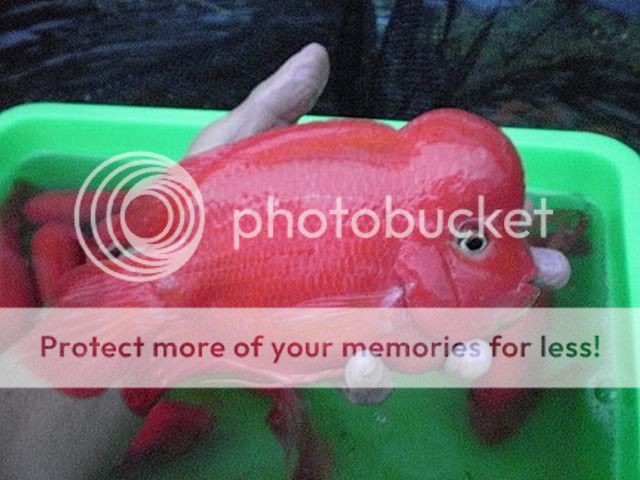pica_nuttalli
don't be a twit
i admit, i loved seeing super red arowanas. but when i saw that they were simply malaysian arowanas injected with dye, i was kinda turned off by it already.
that's the first time that i've heard that. where did you get this information? i can't find anything to confirm or contradict it.

 So showing her an article on it wouldn't do anything.
So showing her an article on it wouldn't do anything. 



 /www.youtube.com/watch?v=ohvMDYCo0tY
/www.youtube.com/watch?v=ohvMDYCo0tY